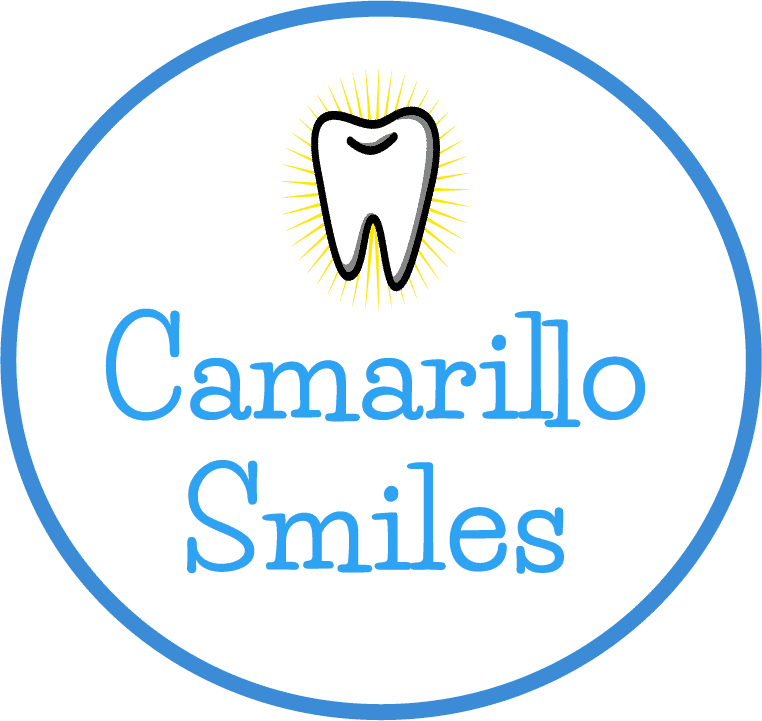What can you expect with your mouth during cancer treatment? Each year, many people are treated for cancers. Chemotherapy treatments for various cancers and radiation treatment for head and neck cancer often cause mild to severe oral complications. About half of chemotherapy patients experience oral complications, particularly those being treated for leukemia and those who receive bone marrow transplants.
These oral complications can significantly decrease the quality of a person’s life and can lead to serious systemic problems, complications, septicemia, eating difficulties, nutritional deficiencies, and dehydration. The following are descriptions of oral problems that we see at our
Camarillo Smiles dental office that can occur with cancer treatment:
Infections of the oral cavity can be caused by the usual organisms found in the mouth or by opportunistic organisms not usually found in the mouth. These infections can lead to serious systemic infections. The risk is higher for individuals who have reduced numbers of circulating white blood cells (leukopenia).
Candidiasis is the overgrowth of candida albicans, a fungal organism that normally is found in the mouth. It looks like a white fuzz, especially on the tongue.
Musositis is painful and causes problems with eating and speaking. Soft tissues are red, ulcerated, and inflamed. The oral cavity is susceptible to mucositis because of its high cell turnover.
Hemorrhage or bleeding of the oral cavity can occur when clotting factors are affected and during bone marrow suppression.
Xerostomia or dry mouth is associated with decreased, sticky, or thickened saliva. Dry soft tissues are more susceptible to pain, infection, and irritation. Dry mouth is also the cause of sudden, destructive cavities on the teeth, particularly at the gum line.
Altered taste or loss of taste is common and is related to the reduced saliva volume, as well as its altered consistency.
Developmental abnormalities such as altered craniofacial growth and dental/tooth deformities occur with cancer treatment during developmental periods.
Trismus, fibrosis, and scarring of the chewing muscles and temporomandibular joint (TMJ, the joint that moves the lower jaw) that were in the radiation field may make opening the mouth difficult and limited.
Osteoradionecrosis (soft tissue and bone necrosis) can be spontaneous or as a result of trauma, extractions, or dental prostheses. The radiated tissues have reduced blood vessels, decreased cells, and decreased oxygen that predisposes the tissues for years after the radiation therapy to this compromised state that makes oral surgical procedures risky. Therefore, prior to and after oral surgery, patients who have had head and neck radiation may require hyperbaric oxygen treatments and antibiotic therapy to prevent osteoradionecrosis.
Radiation dental caries is a term used for rapid tooth demineralization and severe cavities that occur with head and neck radiation, particularly when the parotid, submandibular, submental, or submaxillary salivary glands are in the radiation field.
Pain accompanies oral infection, mucositis, xerostomia, trismus, dental caries, osteoradionecrosis, candidiasis and dental caries.
To reduce risk for oral complications, they perform a pretreatment oral examination, as well as necessary dental treatment before initiating chemotherapy or head and neck radiation. We consult with the physician or oncologist before dental treatment because people who are about to undergo treatments for cancer may be immunosuppressed or thrombocytopenic (blood clotting disorder).
The goals of the dental examination and dental treatment are to eliminate existing or potential oral infection and potential for trauma. Infection, potential infection, and trauma can be associated with soft tissue lesions, decayed or broken teeth, dental implants with poor prognosis, periodontal disease, and poorly fitting full or partial dentures. The oral examination consists of hard and soft tissue examinations, periodontal assessment, and necessary radiographs. Since long-term effects of head and neck cancer radiation treatments will be harmful to the bone in the radiated area (field), patients who undergo head and neck radiation treatment should have teeth and implants with potential for future problems considered for extraction before the cancer treatment begins.
The patient’s ability and interest in maintaining oral health, as well as the ability to comply with an oral prevention routine, are factors that are considered as we develop and discusses dental treatment recommendations with the patient.
Medications We have special medications and rinses that can really help your mouth during cancer treatment and after.
Call us to schedule a consultation to discuss your individual treatment and we will help make your treatment safer and more comfortable.




